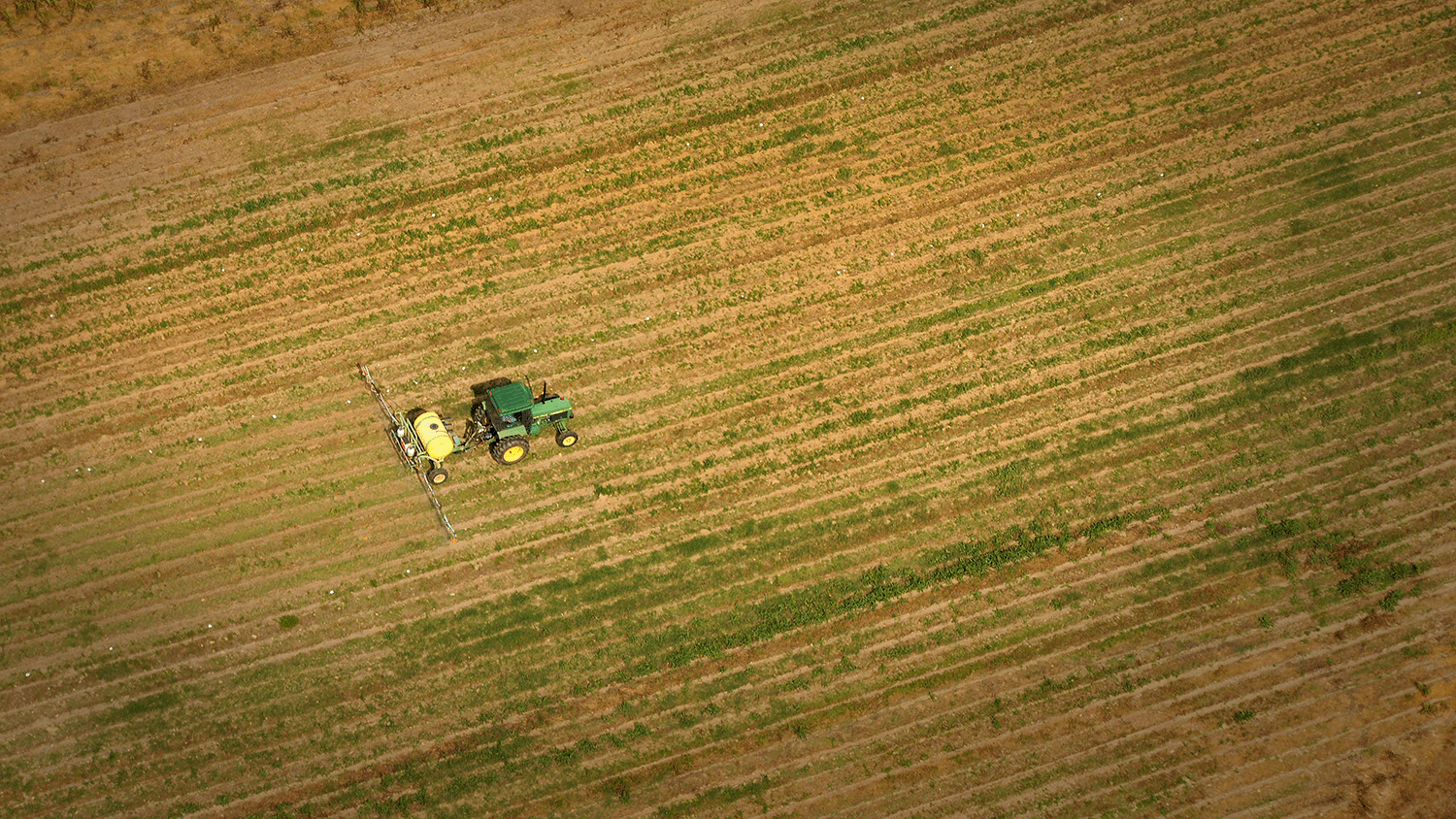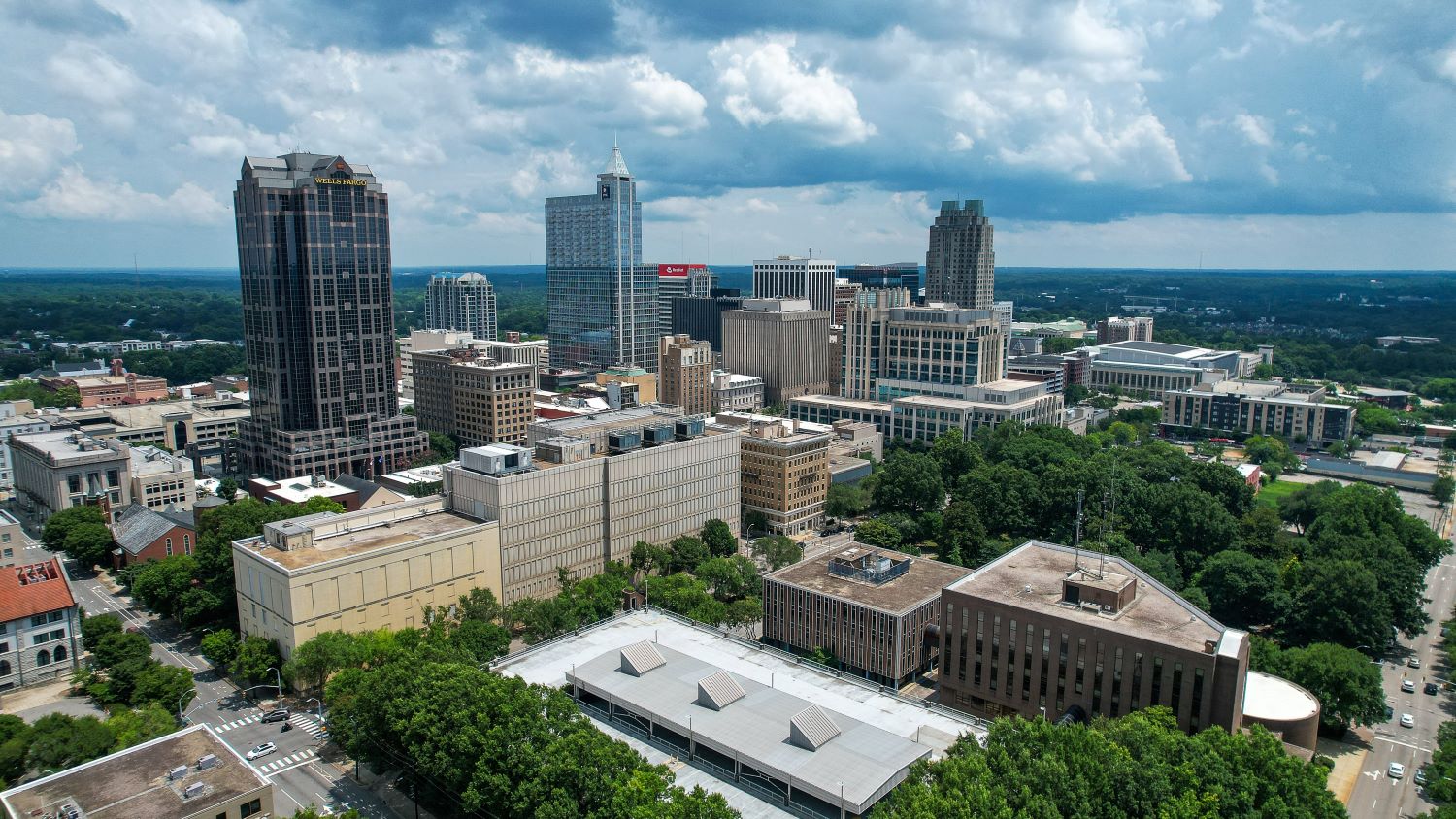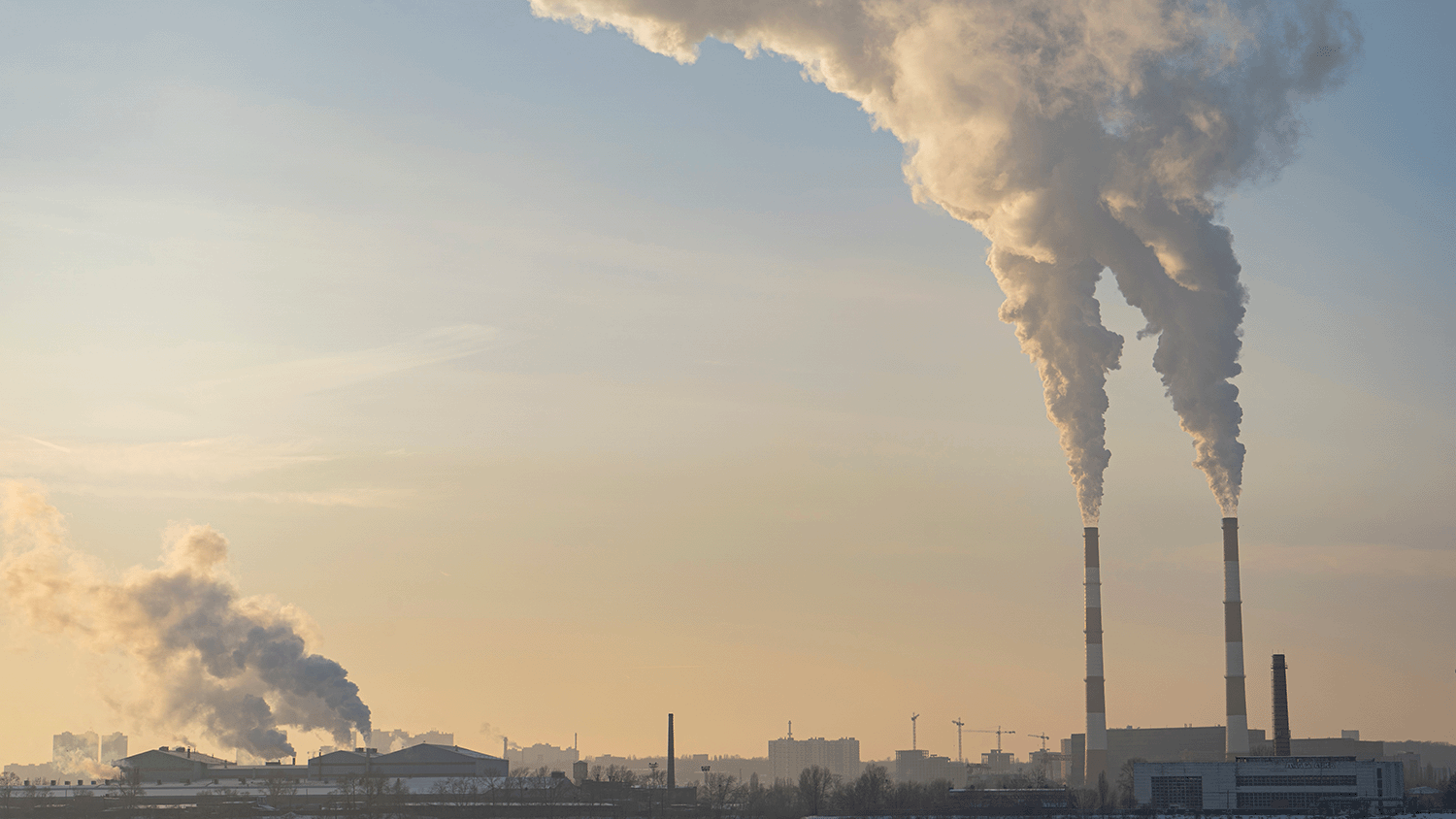Economic Perspective: Vertical Farms

MARY WALDEN:
“Today’s program looks at vertical farms. Mike, many futurists say that we are on the cusp of dramatic technological change that will upend the ways we perform many aspects of our lives. The latest version of this I’ve heard is vertical farms. What exactly are vertical farms, and how do they differ from traditional farms?”
MIKE WALDEN:
“Vertical farms are farms where you have multiple levels built on a certain acreage. So it’s like a multistory building, and each level is a plot of land where you can grow things. The levels can be five, six, maybe even up to 10 or 15 levels. Generally these areas are enclosed so they are climate controlled, and that gives a lot of advantages to the growers in that they don’t have to worry about drought. They don’t have to worry about excessive sun, et cetera. They can control all that because these buildings are both air conditioned and as well as heated.”
“It also has the advantage of you can put these structures in big cities that are very close to their consuming population. There are disadvantages though. Obviously if you’re going to build a vertical farm in a city on a plot of land that’s going to be very expensive land compared to what you would pay if you were outside the city. Also you’re going to use a lot more energy to control that climate inside the vertical farm. So for now, most experts think that vertical farms are a novelty. They’re not really a sufficient replacement for existing farms, but certainly something for us to consider and watch as we move ahead.”
Mike Walden is a William Neal Reynolds Distinguished Professor and Extension Economist in the Department of Agricultural and Resource Economics at North Carolina State University who teaches and writes on personal finance, economic outlook and public policy.
- Categories:


